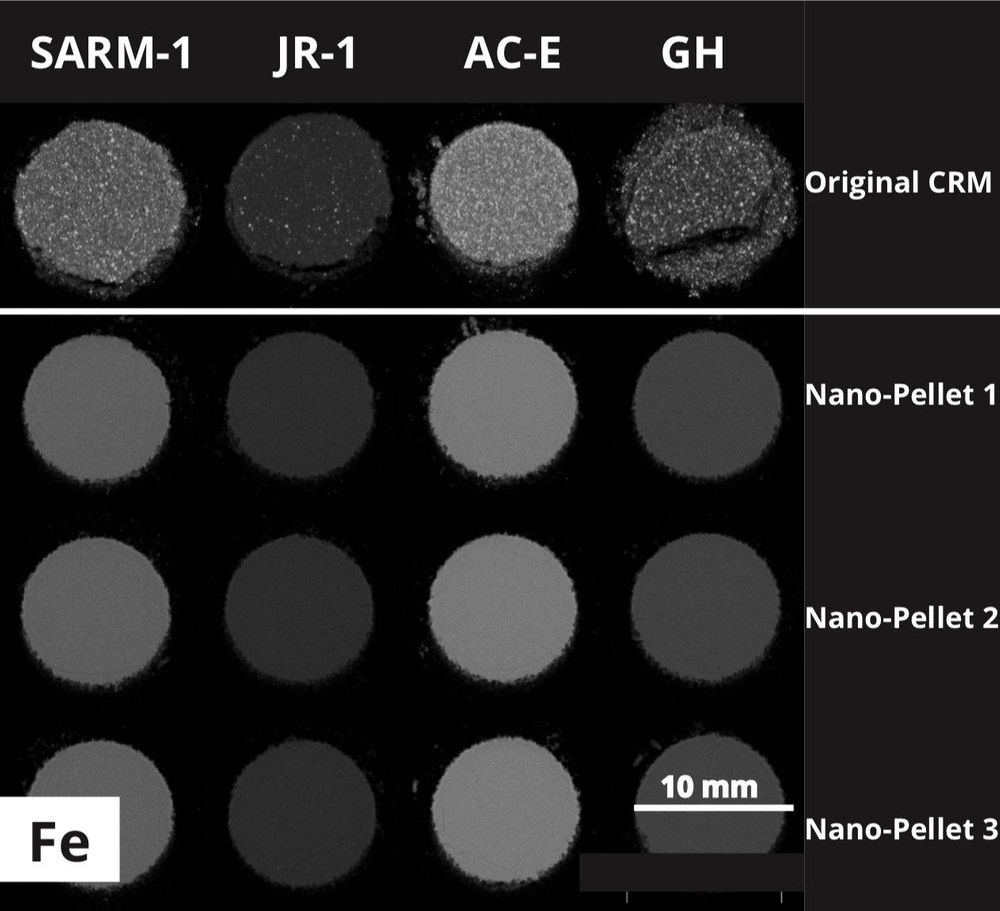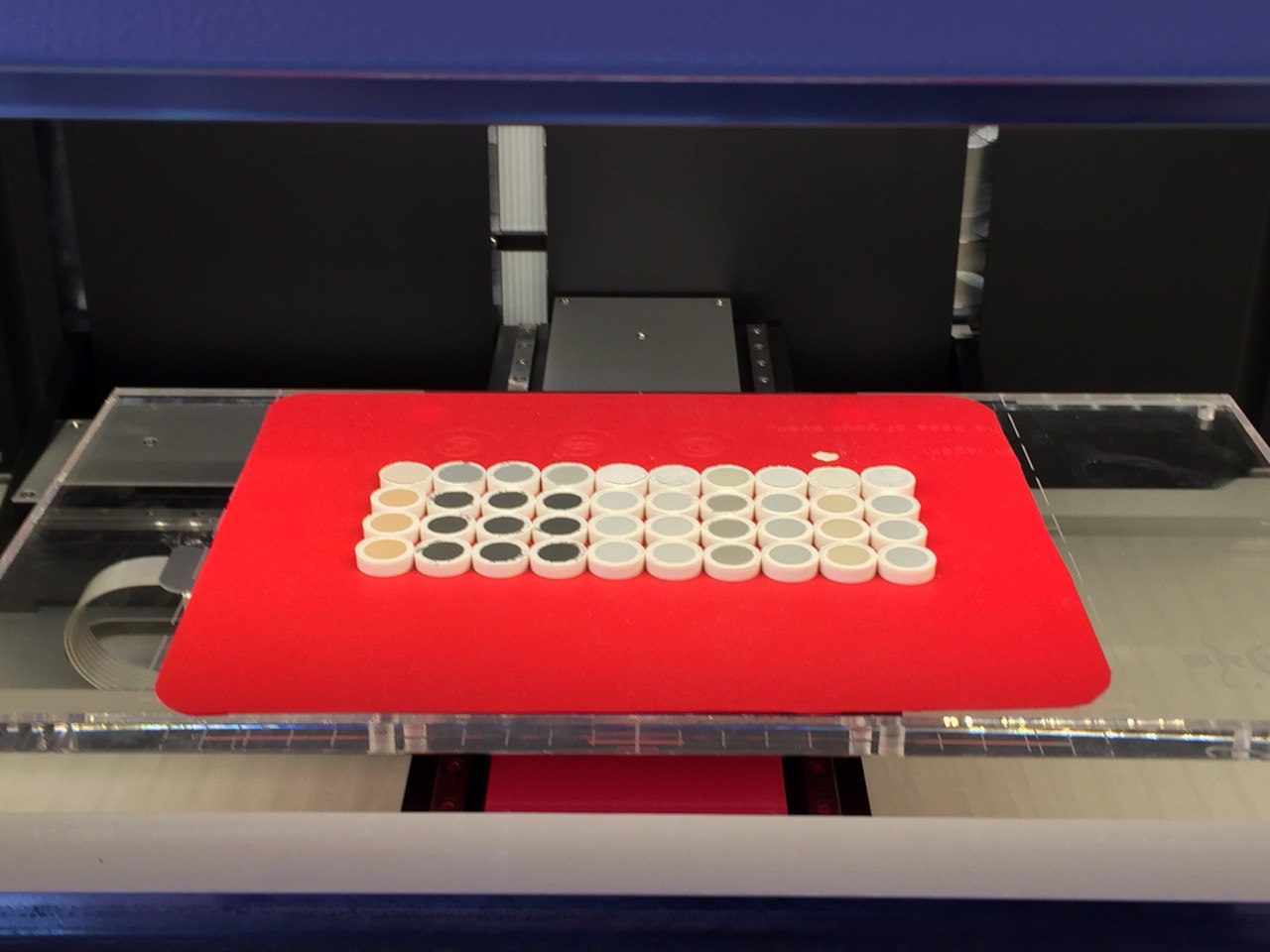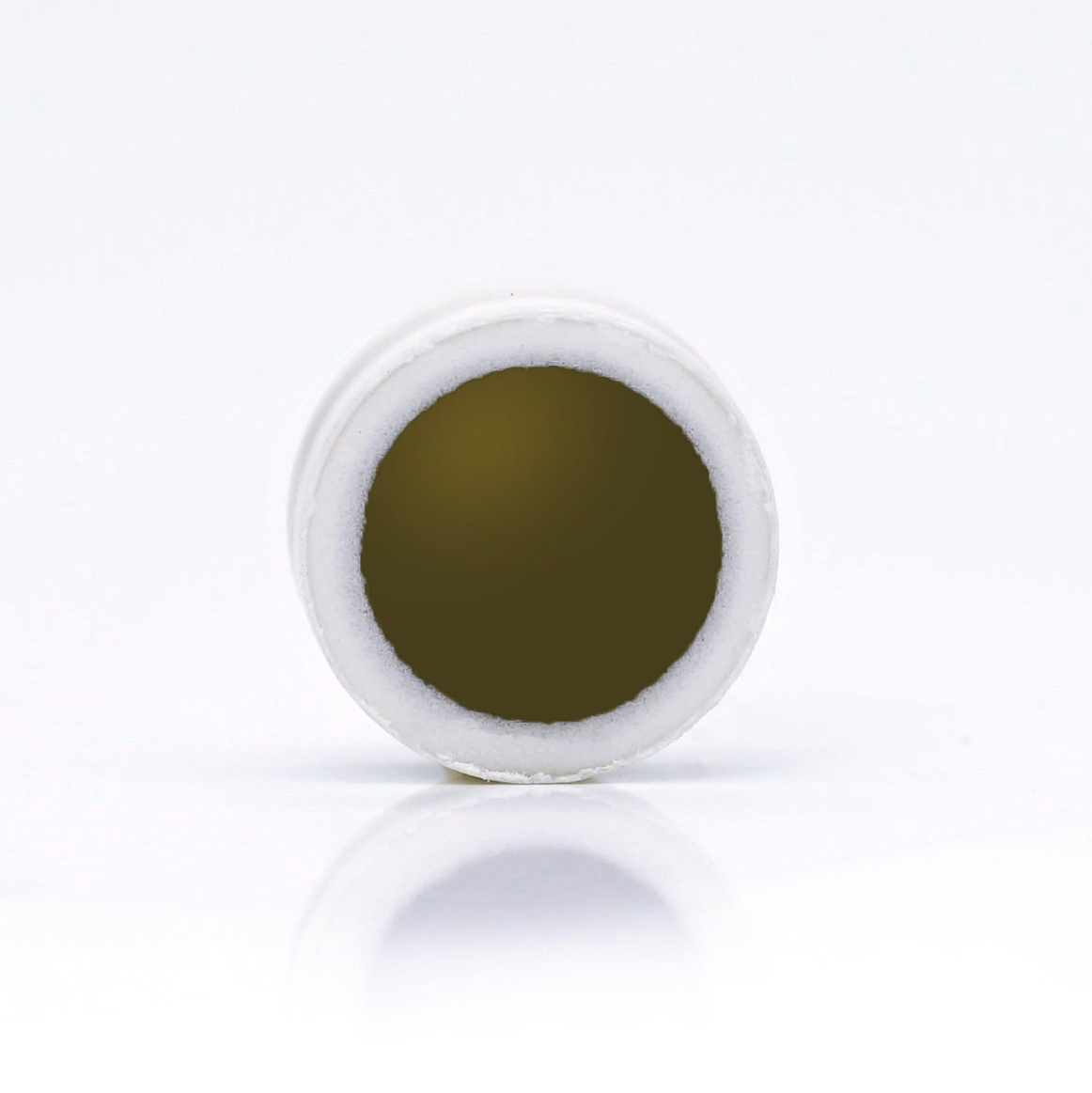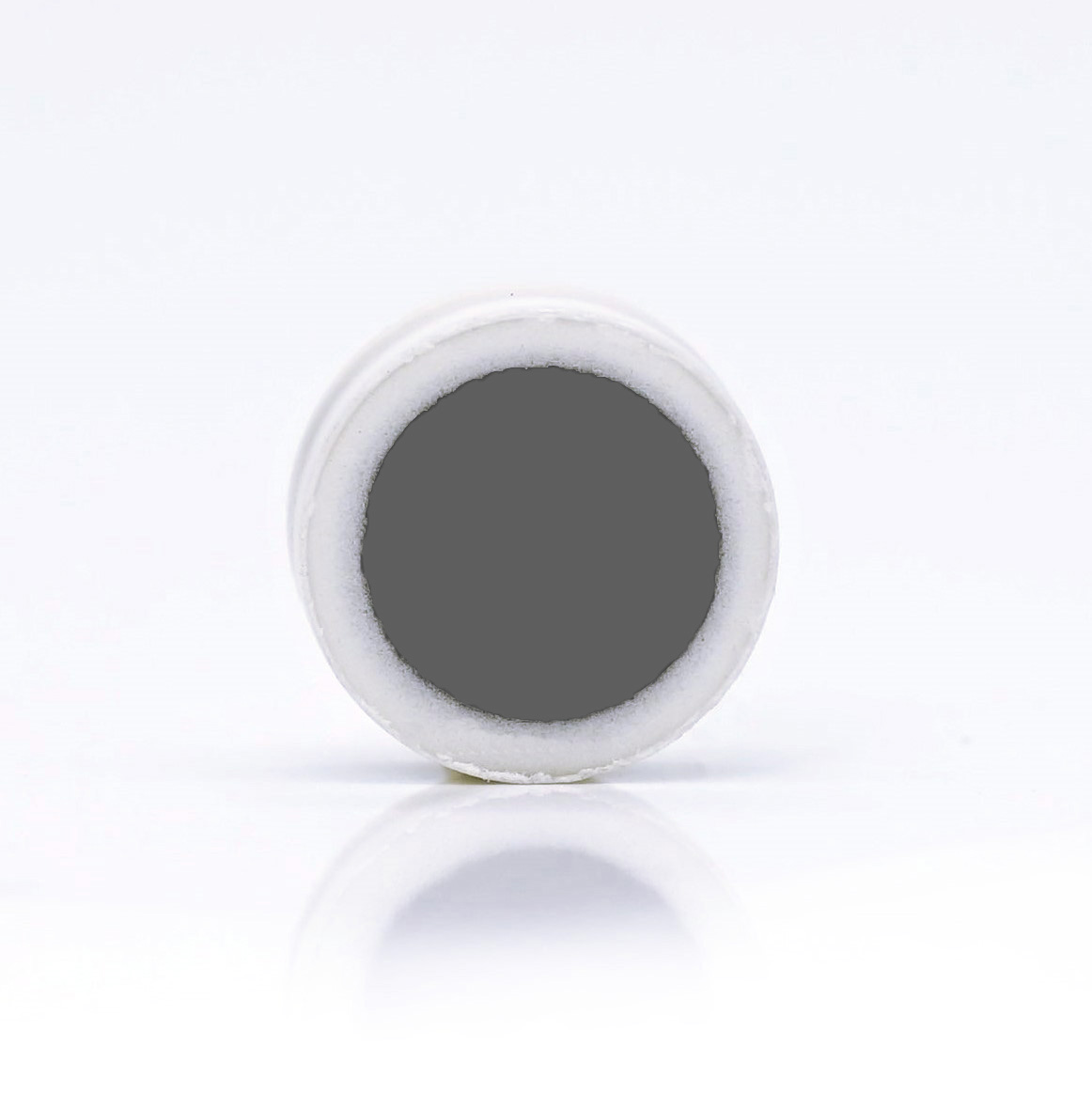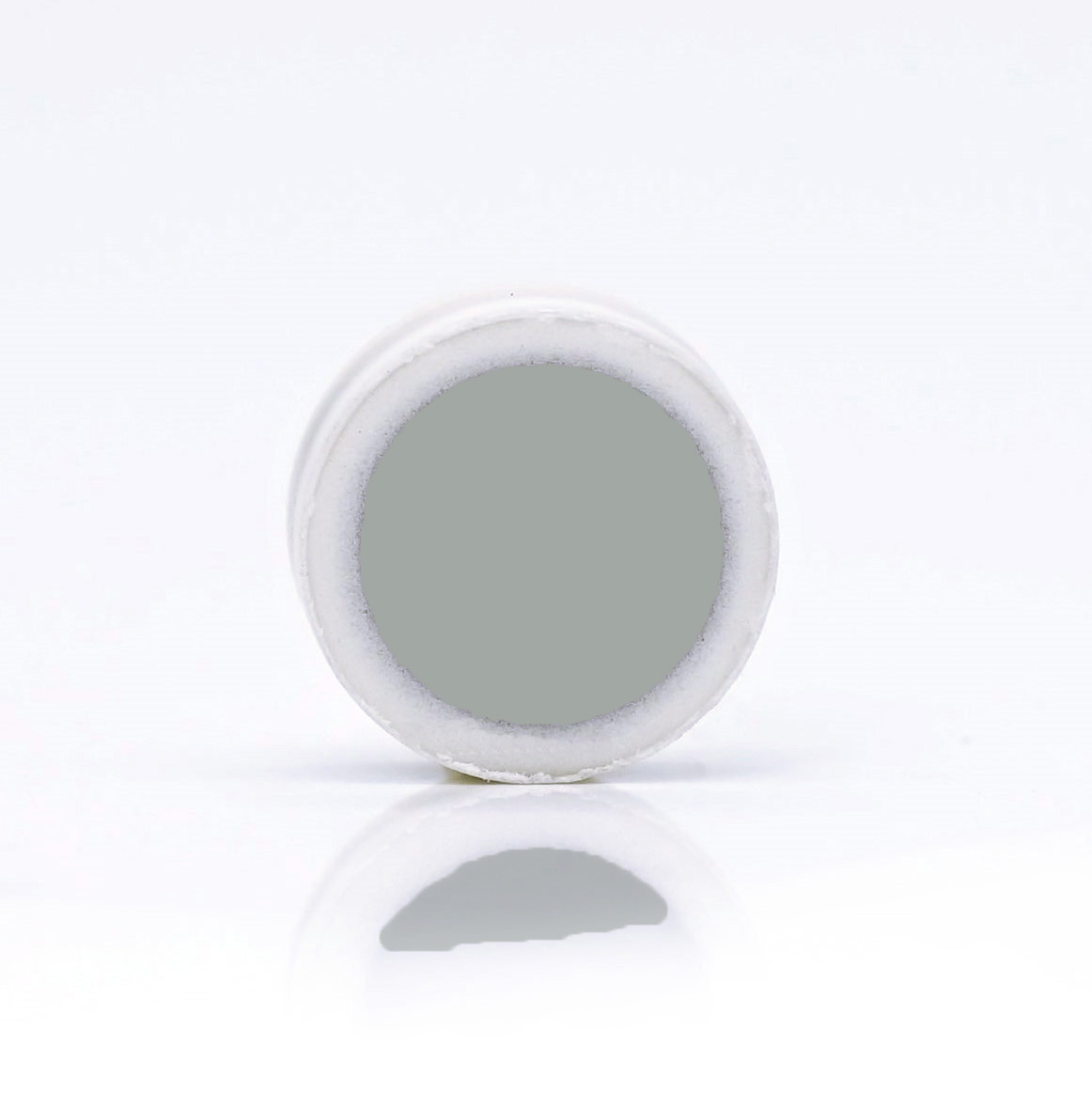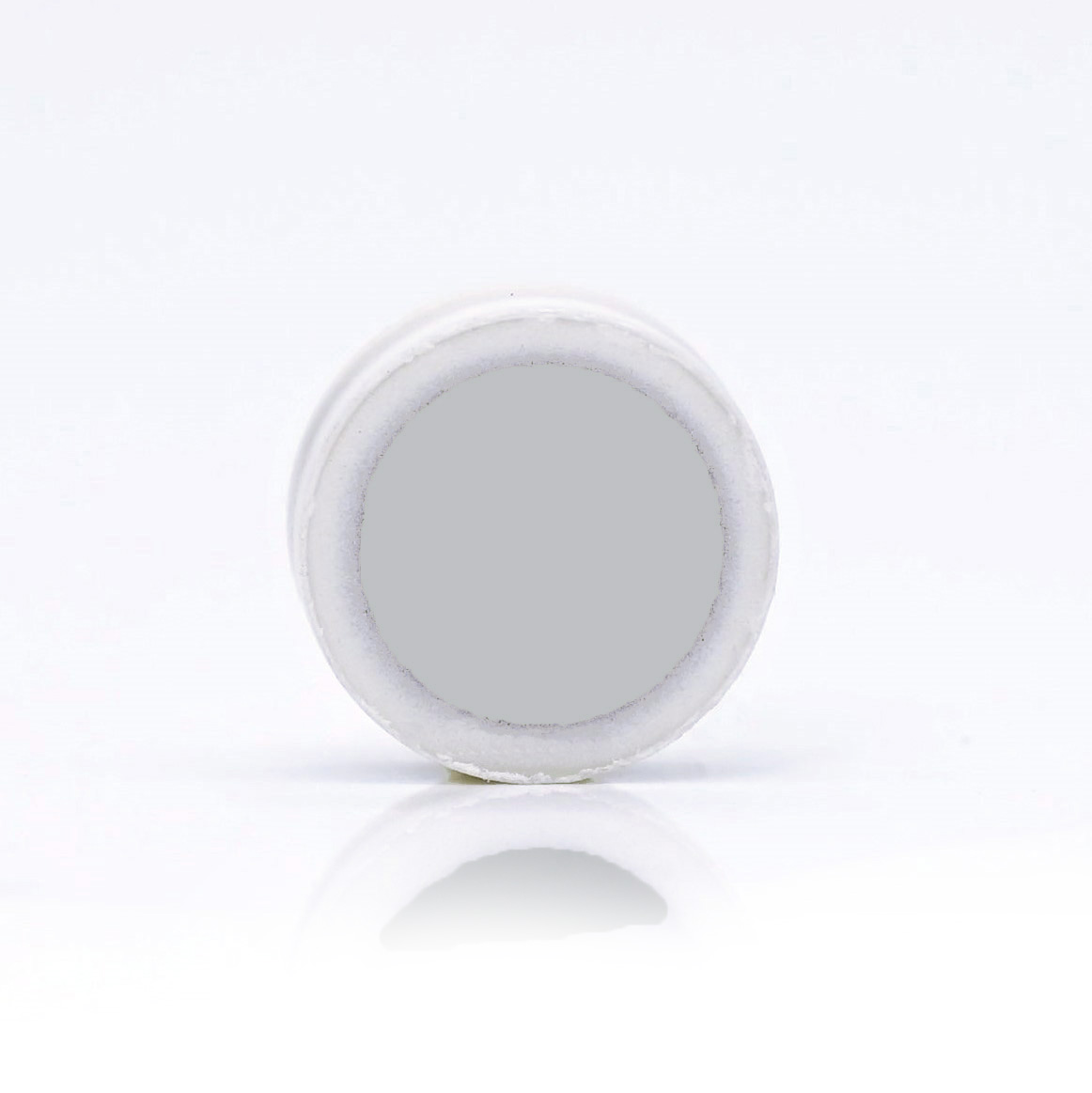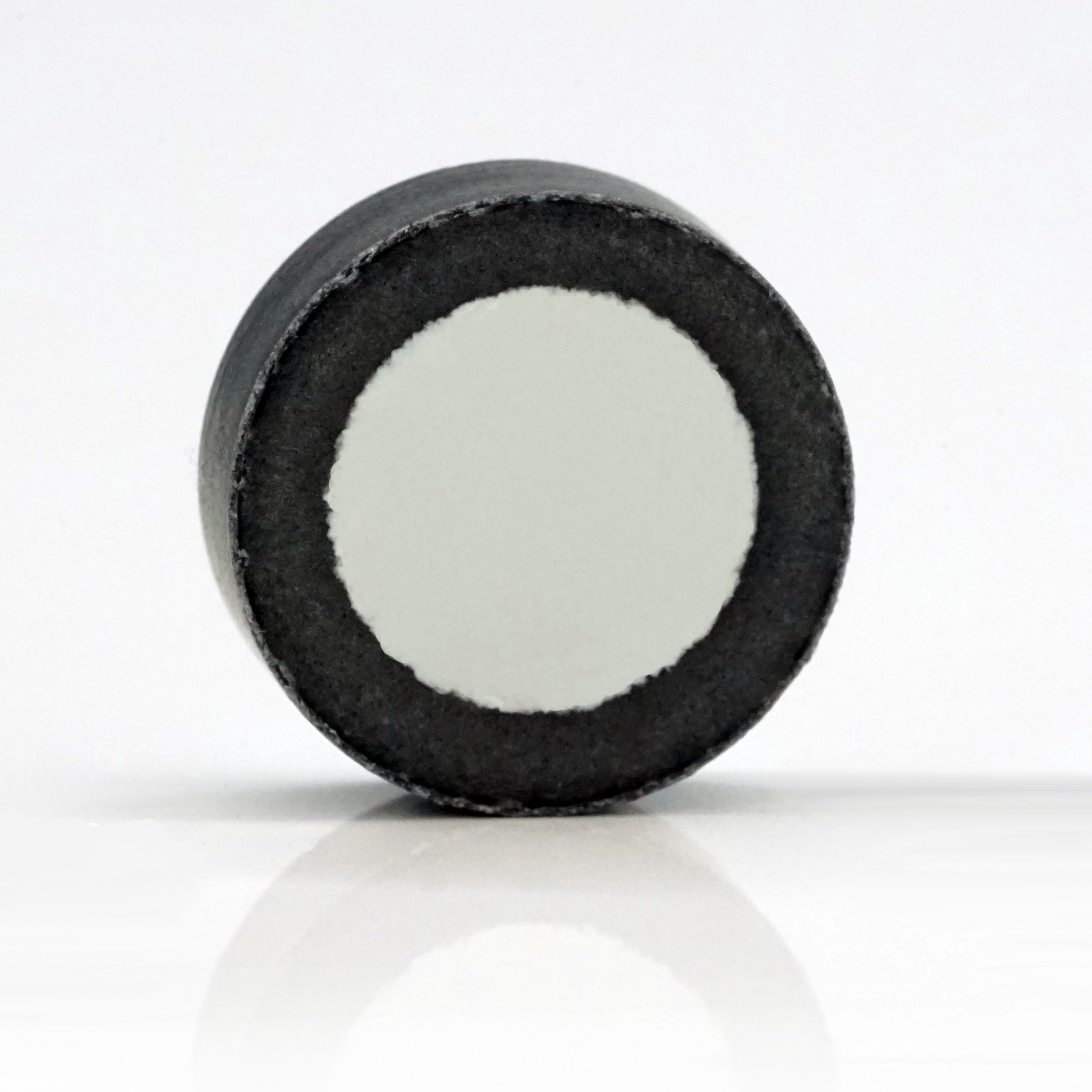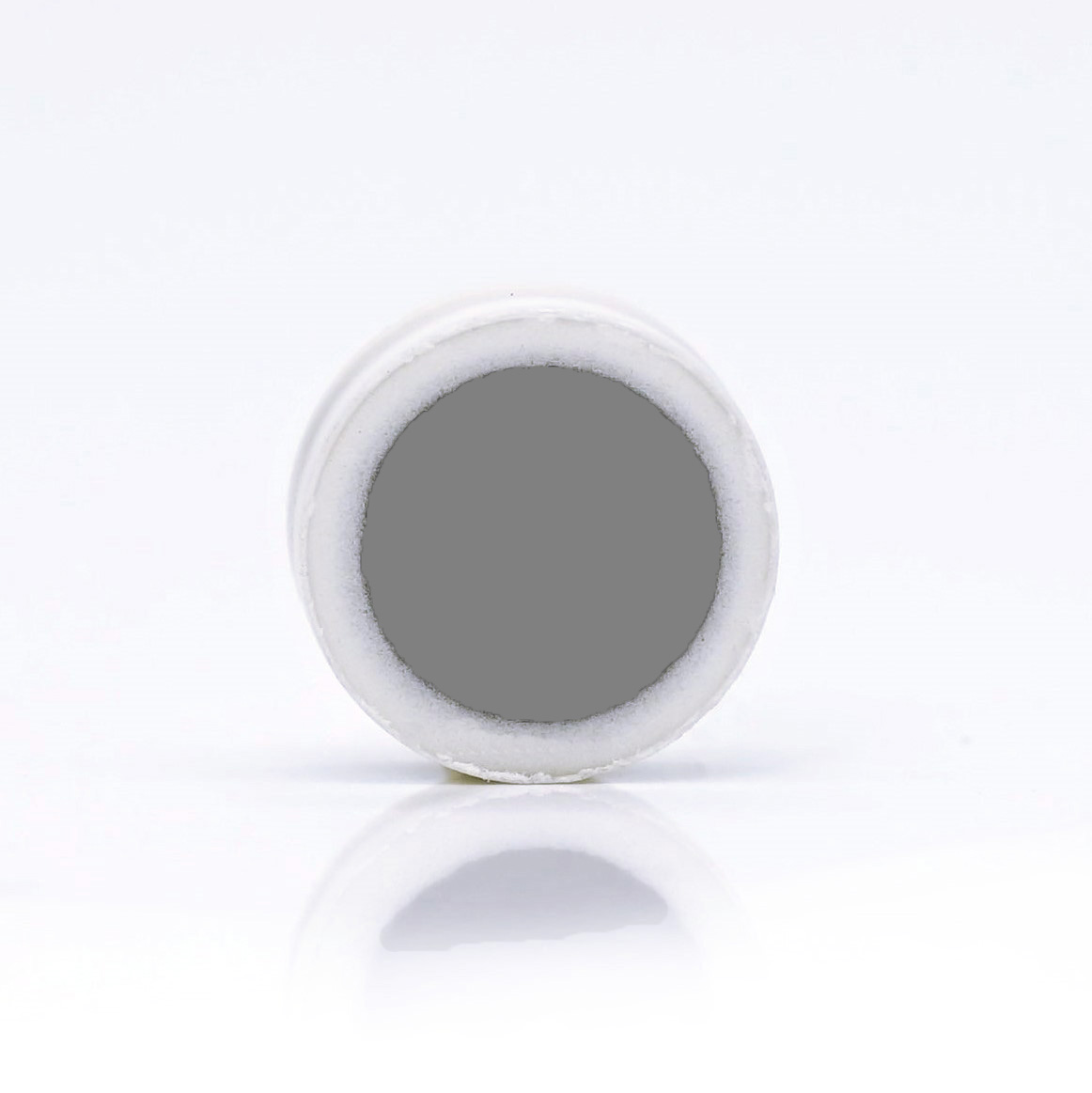Calibration standards for µXRF
Micro-X-ray fluorescence spectroscopy
In micro X-ray fluorescence analysis, a sample is excited by X-rays. Depending on the energy of the X-rays and the material properties, the penetration depth of the X-rays and thus the excited volume may differ
Excitation means that electrons close to the atomic nucleus are knocked out from the inner shells of the atom. This results in a transition of electrons of higher energy levels to the energetically lower state. During this transition, energy is released as a photon. This fluorescence radiation is element specific. Measurements of this radiation therefore give information about the elements in a sample. In a spectrum, the energy or frequency is plotted against the intensity, i.e. the number of photons counted.
In order to not only evaluate this signal qualitatively, but also to deduce the concentration of the element in the sample from the intensity, suitable reference materials are required.
